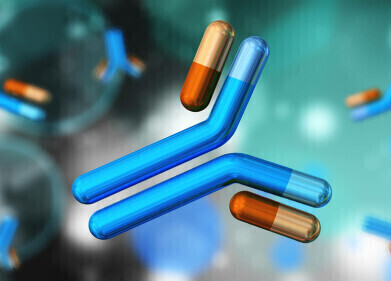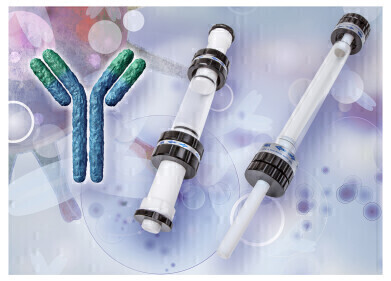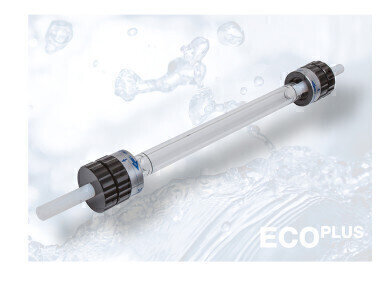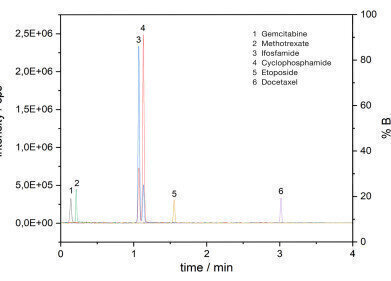Bioanalytical
How Does Gas Chromatography Work?
Jun 26 2014
Gas chromatography (or GC as it is typically called) is a standard type of chromatography used regularly in analytical chemistry. But how does it work? Gas chromatography is the process of separating, identifying and quantifying the various compositional elements of a compound. This is achieved by measuring how each of the different components reacts with being converted from a liquid or solid stationary phase into a mobile gas phase. Each component has a consistent time that it will take to achieve this reaction, and as such, it can be readily and accurately identified
depending on this reaction time.
Single Column Gas Chromatography
The oldest and simplest form of chromatography simply involves one column and measures one dimension of the sample. The matter to be tested is vaporised into a gas and combined with a specific solvent, whose quantity is known and recorded, and then the final eluate is measured by a detector.
This method of chromatography has several drawbacks. Most notably, it is not effective in determining the presence of substances in trace amounts, and neither can it fully detect all of the components in a compound made up of more than 50 or 60 different ingredients.
Multidimensional Gas Chromatography (MDGC)
A more advanced form of chromatography, MDGC introduces a second or even third column to detect a different dimension of the sample. Normally one of these columns is polar while the other is non-polar. This is done by using a Dean’s Switch, which is remotely-operated and which sends a part of the eluate to the second column. This part is only a fraction of the whole sample – as a result, this process is often referred to as “heart-cutting”, since a portion of the eluate is “cut” from the “heart” of the sample.
Whilst this technique does improve data production and knowledge of the peak times by using multiple dimensions, it is limited in that only a portion of the sample is transferred to the second column. This problem can be circumvented by the advent of comprehensive gas chromatography.
Comprehensive Gas Chromatography (GC x GC)
GC x GC eliminates the problem of losing part of the sample to the first detector before it reaches the second column by the introduction of a modulator. This modulator has the job of trapping, identifying and isolating individual components, grouping them together, and then sending them onto the second column. Doing things this way ensures that the entire sample is exposed to both columns and maximum accuracy and precision is achieved in the results.
The Methods of Gas Chromatography in Practical Application
One particular application of gas chromatography is the analysis of such substances as oil and petrol. This article: Determination of Biomarkers in Petroleum by Multidimensional Gas Chromatography: Fundamentals, Applications and Future Perspectives, discusses each of these approaches to the process in detail, and how they relate specifically to the topic of petrol study.
Events
May 11 2025 Vienna, Austria
May 18 2025 Tempe. AZ, USA
May 21 2025 Birmingham, UK
Jun 01 2025 Baltimore, MD, USA
Jun 15 2025 Bruges, Belgium














